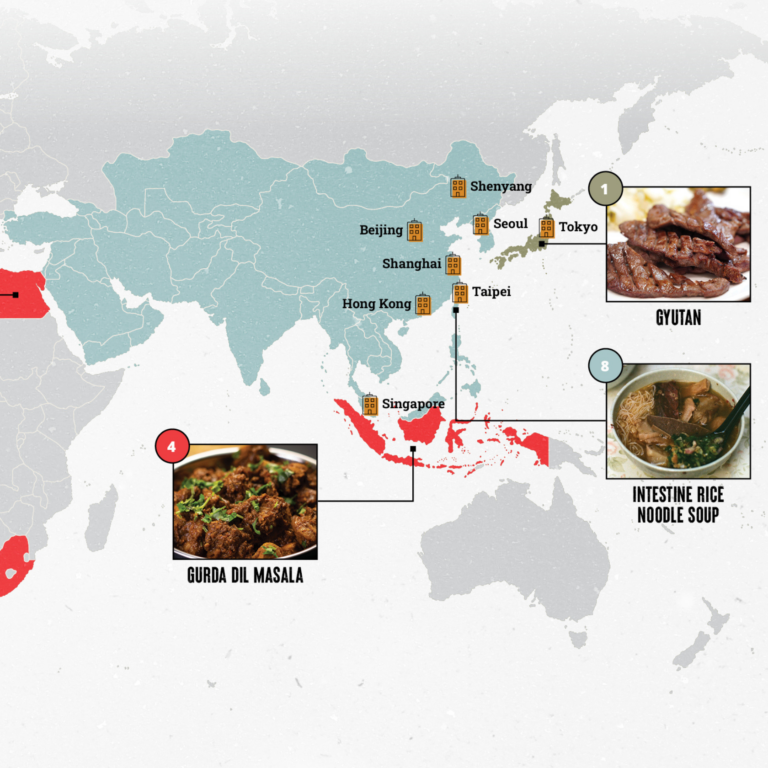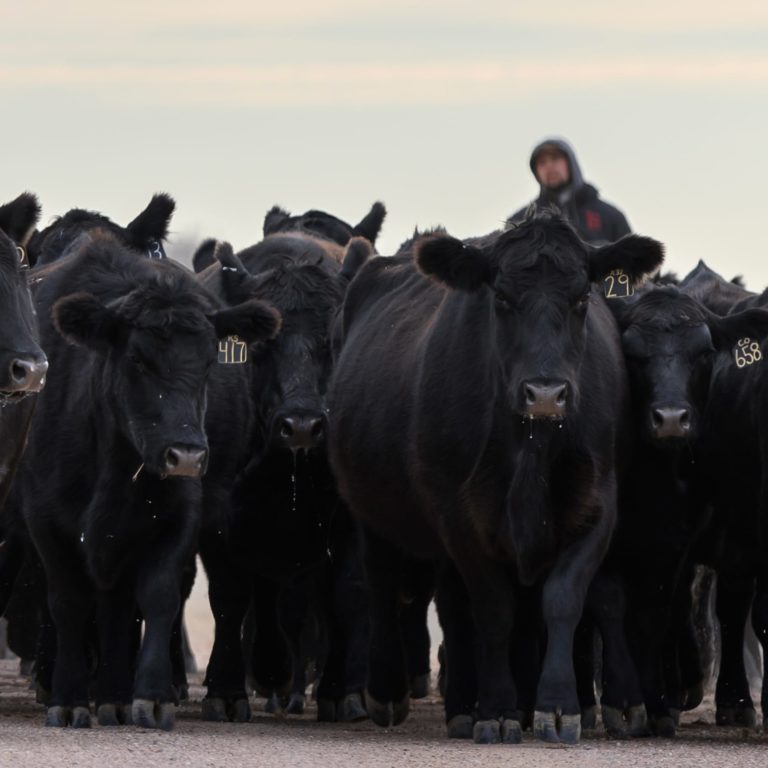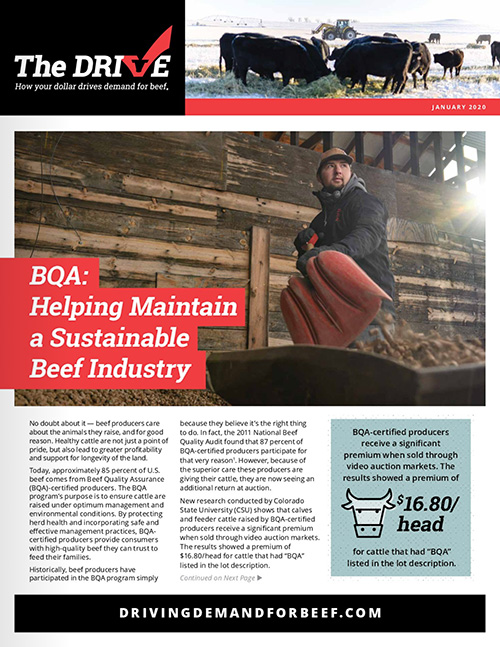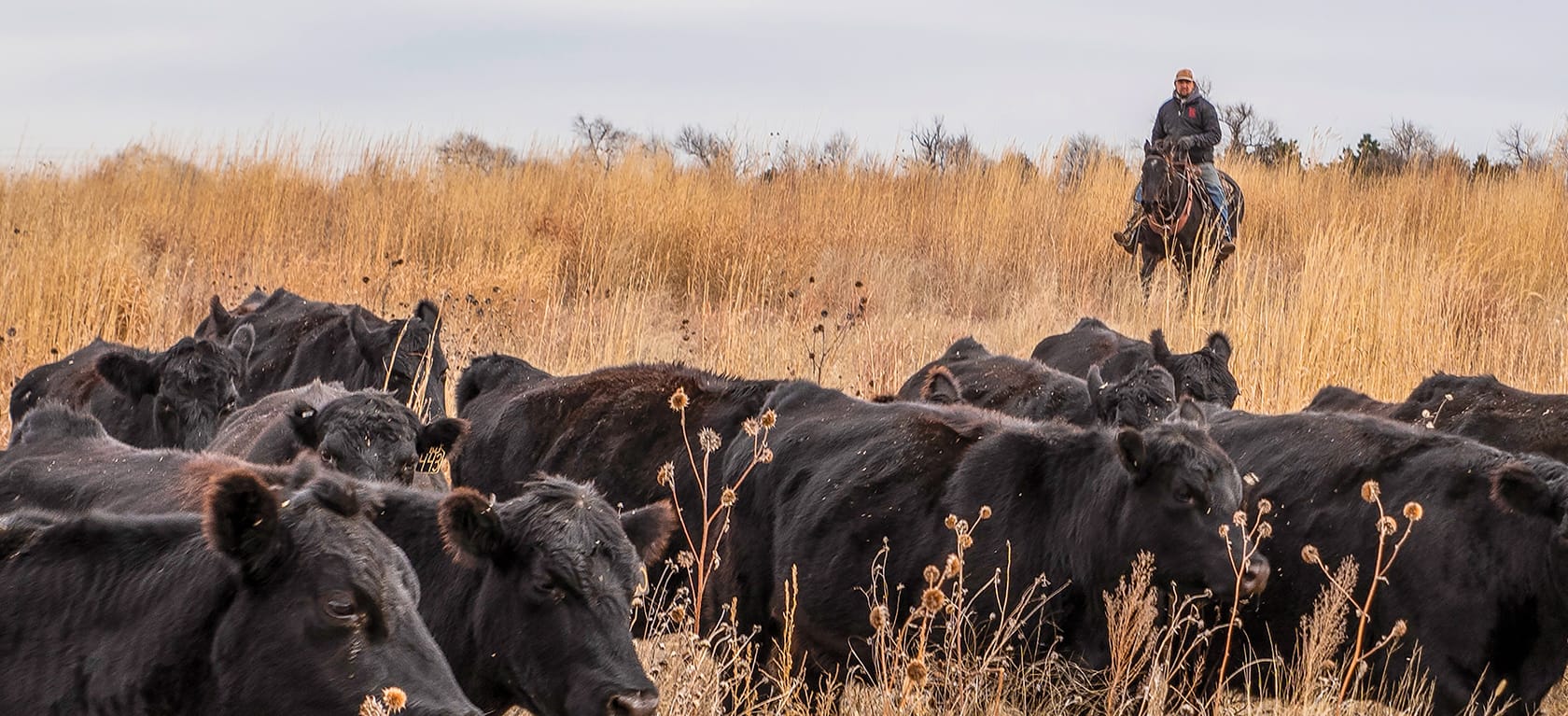
Understanding the Value of Beef Imports
As cattle producers, you may know we import beef and beef products into the U.S. But do you know why it helps meet domestic demand for beef?
Let’s start with the basic facts:
- Importers pay a $1-per-head equivalent on all live cattle, beef and beef products imported to the U.S., adding an average of $7.4 million per year to the Beef Checkoff budget between Fiscal Years 2015-2017 according to Cattlemen’s Beef Board (CBB).
- The U.S. is the fourth-largest beef exporting country and the largest beef importing country according to data from FAS/USDA. However, the story behind those numbers is not as simple as the need for more cattle to meet demand but instead, the need to meet demand for certain parts of the animal such as lean trim.
- According to the white paper, “The U.S. Ground Beef Market: Why Imports Help,” lean trim is in very short supply in the U.S. because the number of beef and dairy cows producers are sending to market has declined significantly during the last decade. As a result, the U.S. simply is not producing enough lean trim to meet demand right here in this country.
The vast majority of beef that the U.S. imports is lean trim (90-plus percent lean) primarily from Australia and New Zealand. In the U.S., we mix that lean trim with 50/50 lean and fat ground beef to meet domestic consumer demand for lean beef.1
The U.S. domestic supply is mainly from fed cattle. A by-product of the retail beef cuts produced from fed cattle is 50 percent fat trimmings. These are mixed with lean trimmings to produce ground beef for hamburgers, meatballs, — hence the need for additional lean beef that is supplied by imports. At the same time, it increases the value of the fat trimmings.
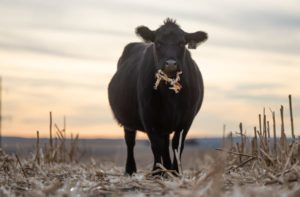 Without this imported trim, the U.S. beef supply would run far short of the lean ground beef required to meet that consumer demand. A growing number of consumers say they would turn to other, leaner protein options if lean ground beef was unavailable or too expensive.2
Without this imported trim, the U.S. beef supply would run far short of the lean ground beef required to meet that consumer demand. A growing number of consumers say they would turn to other, leaner protein options if lean ground beef was unavailable or too expensive.2
More recently, following checkoff-funded educational seminars and workshops on alternative beef cuts, importers began diversifying their U.S. beef portfolios, adding brisket, top blade, flap steak and sirloin.
There are cattle production systems in other parts of the world where lean beef can be, and should be, produced as a primary product. Over time, it makes sense for the U.S. to import more of its lean beef while selling more high-value fed beef, both domestically and in the export market.
Considering the entire picture, including the value of all the U.S.-grown beef that goes into the ground beef supply, imported lean beef actually enhances the value of the beef market. In addition, importing lean beef helps beef farmers and ranchers to maximize their competitive advantage of beef production.
- This article summarizes the findings in Dr. Thomas E. Elam, Ph.D., Hudson Institute White Paper, “The U.S. Ground Beef Market: Why Imports Help.”
- Dr. Thomas E. Elam, Ph.D., Hudson Institute White Paper, “The U.S. Ground Beef Market: Why Imports Help.”
The Beef Checkoff program was established as part of the 1985 Farm Bill. The checkoff assesses $1 per head on the sale of live domestic and imported cattle, in addition to a comparable assessment on imported beef and beef products. States may retain up to 50 cents on the dollar and forward the other 50 cents per head to the Cattlemen’s Beef Promotion and Research Board, which administers the national checkoff program, subject to USDA approval.





